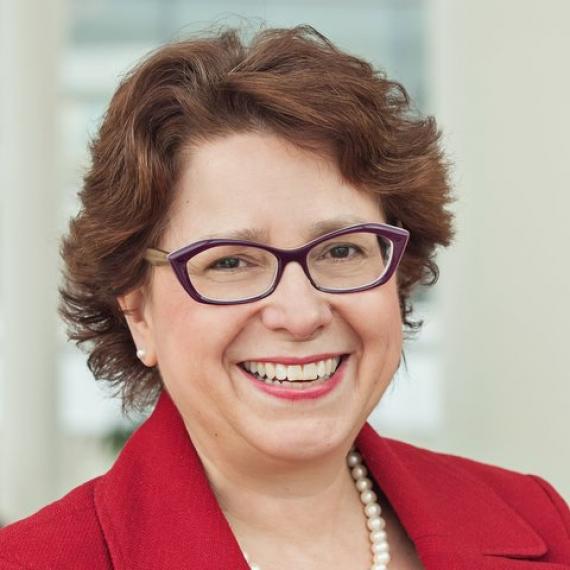Sue Schade
There could be as many different wrap-ups on HIMSS17 as there were people there – over 42,000.
The countdown to HISS17 continues.
The countdown to HIMSS17 is on.
I recently had an opportunity to advise an IT department on the team’s overall lean initiative.
I’ve written many posts on leadership.
Think about the little girls you know.
Holiday gift lists, baking lists, family fun lists while kids are out of school and “honey do” lists while off from work….
Itching to get a new position in healthcare IT? There are key questions to answer, and until you do, there will be no clarity.
A former CIO gets a close up look of the assessment side
Healthcare is free at all levels for all patients.










